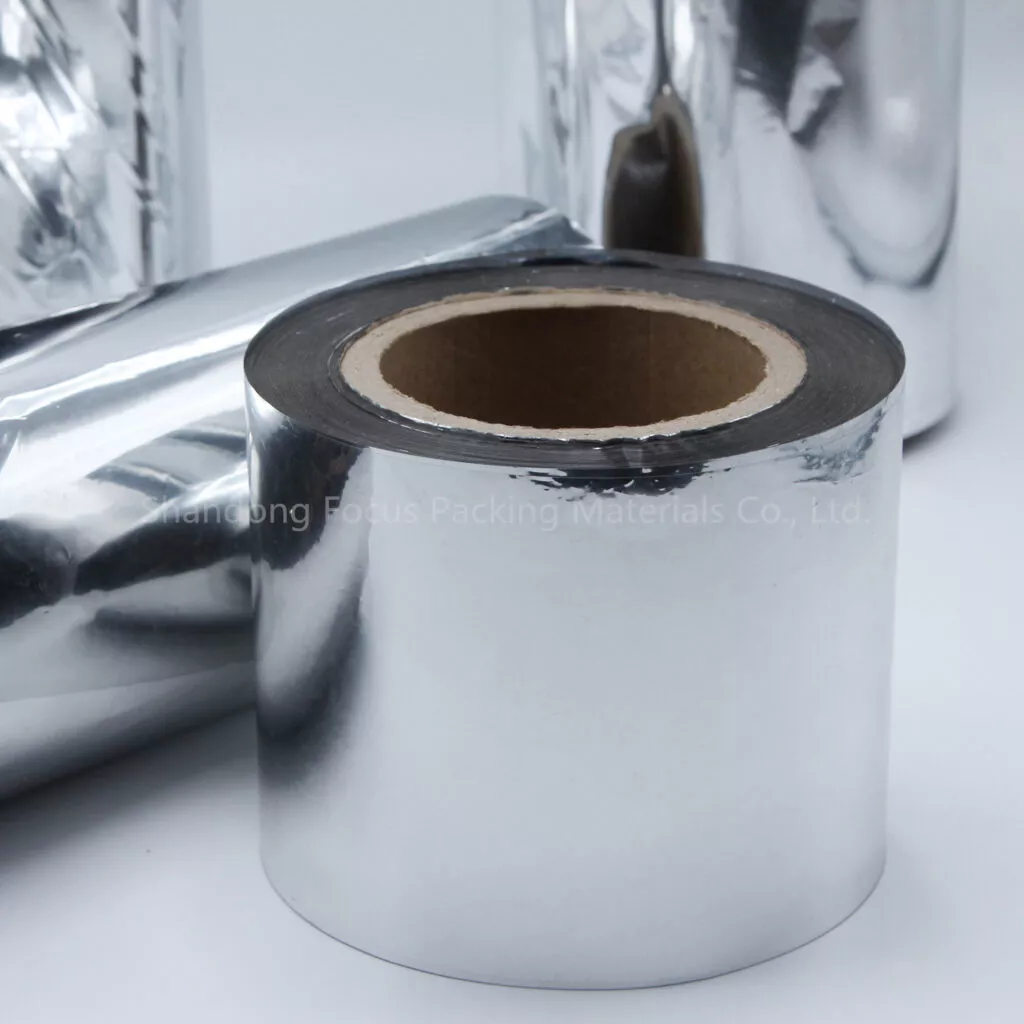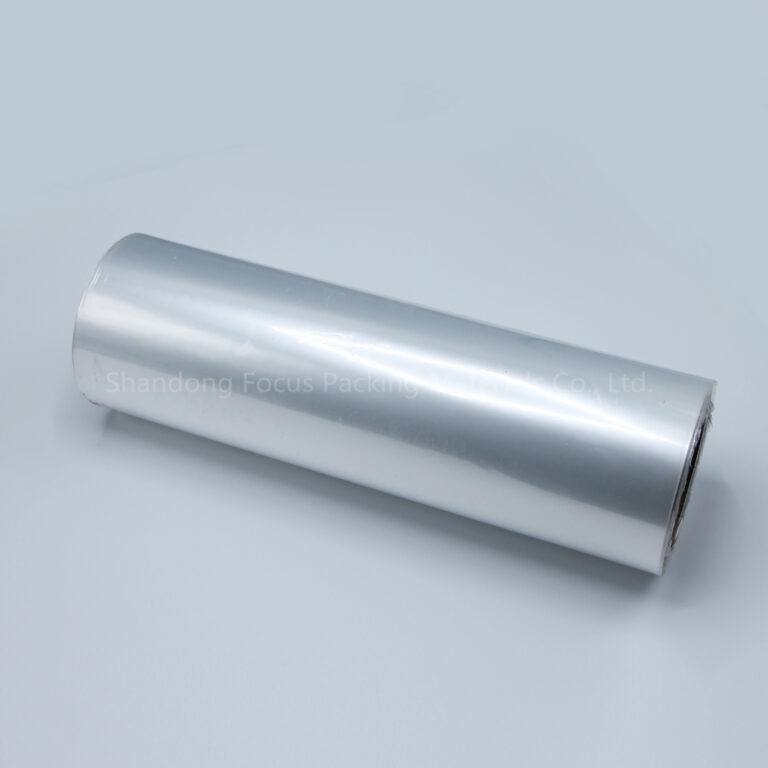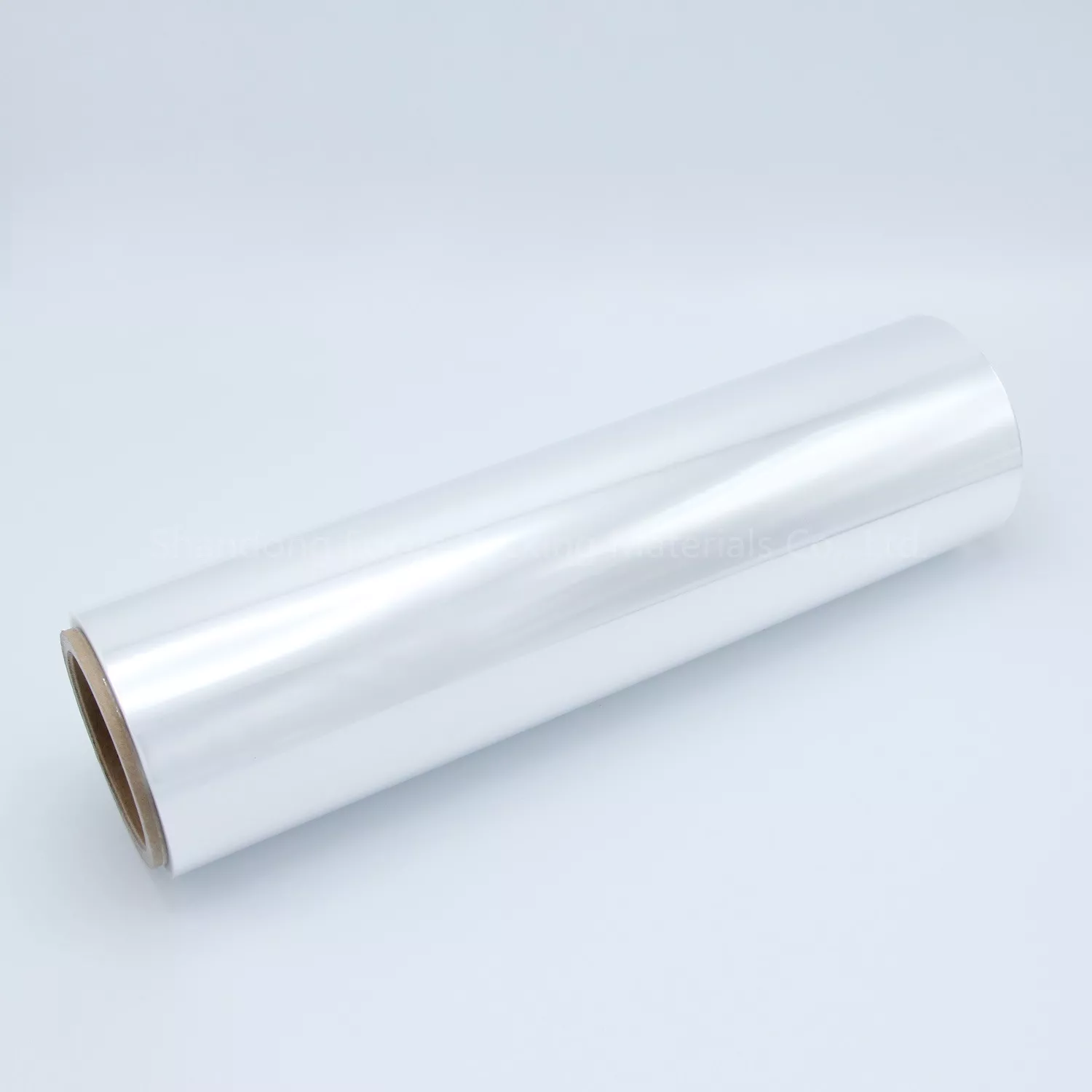The adhesive for dry composite packaging has basic requirements for adhesives. There are many types of adhesives used in composite packaging, especially for food and medicine, which must have the following properties.
- Flexibility
The flexibility of composite packaging materials is very important, and now people refer to composite packaging materials mainly made of plastic film as flexible packaging. In addition to the substrate itself being soft and foldable, the adhesive also needs to possess this property. If the composite material is hard and non foldable, it loses the meaning of flexible packaging. - Heat resistance
After being packaged with composite packaging materials, many foods need to undergo high-temperature sterilization treatment. For example, steamed food needs to undergo high-temperature steaming and sterilization treatment at 145 ℃ for 2 minutes or 121 ℃ for 40 minutes. This not only requires various substrates to withstand high temperature tests, but also the adhesives used to withstand high temperature tests. Otherwise, the originally composite material will peel off in layers, and it will not be a composite packaging material. This must be carefully considered when selecting adhesives. - Cold resistance
There are many foods that need to be refrigerated or frozen after packaging, which requires the packaging material itself to be able to withstand low temperatures. If the adhesive becomes hard, brittle, delaminated, peeled off, or delaminated at low temperatures, then it won’t work. Sometimes both heat-resistant and cold resistant packaging materials may be required. If encountering such packaging, it is necessary to use adhesives that are both heat-resistant and cold resistant. - Good adhesion
Due to the fact that composite packaging materials are made of various materials with different properties and are bonded together using adhesives, the adhesive must have good adhesion to all materials. It is not possible to bond only to one substrate and not to the other substrate. The substrates used in composite packaging materials include paper, fabric, aluminum foil, plastic, etc., and there are various types of plastic films with different surface characteristics. Faced with so many and complex materials, adhesives must have the ability to simultaneously bond two different materials. - Dielectric resistance
Food itself is a very complex substance, containing water, oil, salt, wine, as well as acid, spiciness, spices, and even acetic acid, citric acid, lactic acid, sugar, sulfides, oxides, etc. In the face of such complex components, packaging must undergo high and low temperature treatment and long-term storage tests to maintain the perfection of the packaging material. In addition to the excellent resistance to medium erosion of the substrate itself, the stability of the adhesive is also important. It must resist the erosion of various media, otherwise it will cause delamination and peeling of the composite. - Good hygiene performance
It has no odor or smell, and it is non-toxic. Due to the fact that food and medicine are protected by packaging materials, and the packaged items are directly consumed by people, almost every day they have to eat food or medicine. In order to be responsible for the health and safety of consumers, not only is the substrate required to be odorless, non-toxic, and non-toxic, but the adhesive used also needs to have the same performance. This is a matter of life and death, and countries around the world attach great importance to it. In addition to formulating the Food Hygiene Law, China has also established hygiene standards for packaging materials. The hygiene standard for composite packaging materials is CB9683-88.
The above 6 points are very important performance and must be fully prepared before dry composite.








